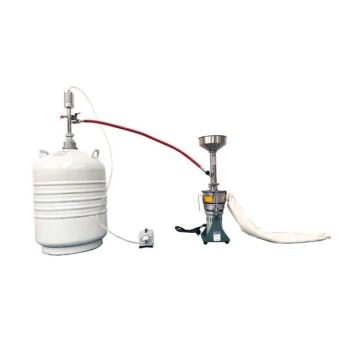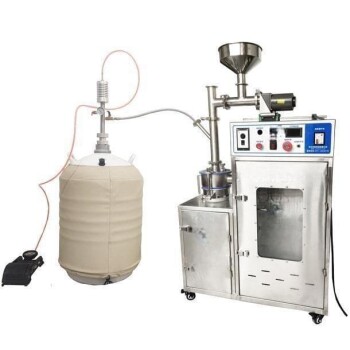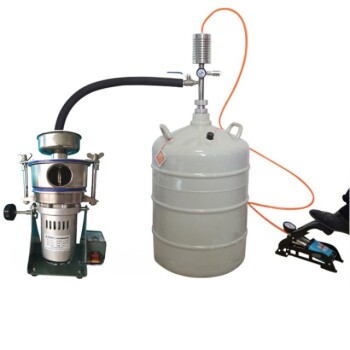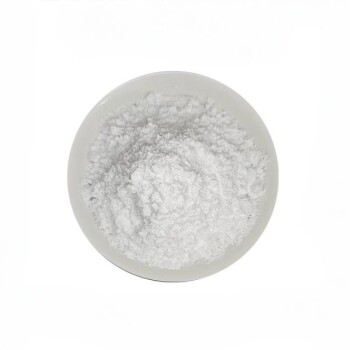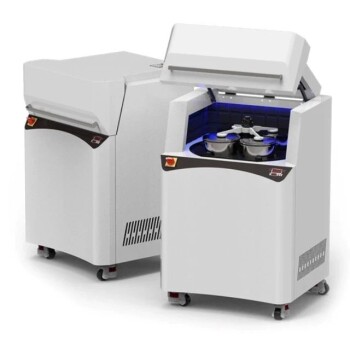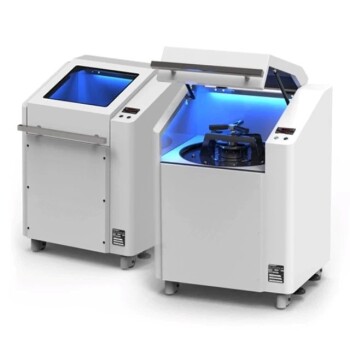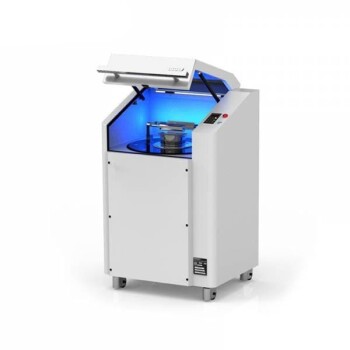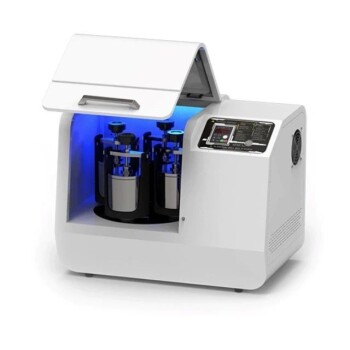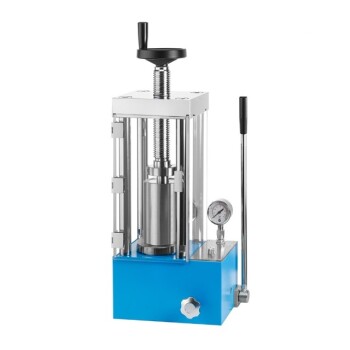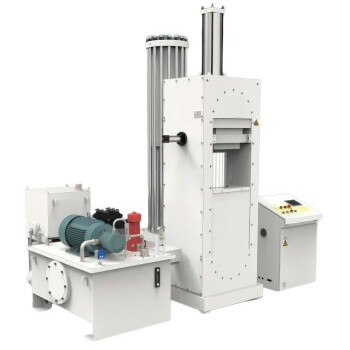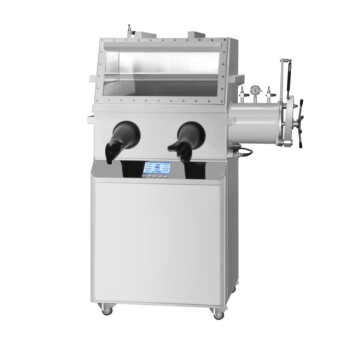분쇄 소개
분쇄의 목적과 방법
파쇄는 재료 과학 및 산업 응용 분야에서 중요한 공정으로, 주로 재료의 입자 크기를 줄이고 보다 균일한 분포를 달성하는 데 목적이 있습니다. 이 과정은 분석, 혼합 및 추가 처리와 같은 다양한 후속 작업에 필수적입니다. 분쇄에 사용되는 방법은 다양하며 처리되는 재료의 특정 특성에 맞게 조정됩니다.
주요 분쇄 방법은 다음과 같습니다:
- 압출: 이 방법은 두 표면 사이의 재료에 압력을 가하여 점차적으로 크기를 줄이는 방법입니다. 일반적으로 다음에서 사용됩니다. 실험실 조 크러셔 및 롤 크러셔에 주로 사용됩니다.
- Impact: 재료는 갑작스럽고 높은 에너지의 충격을 받는 경우가 많습니다. 실험실 해머 밀 또는 임팩트 크러셔를 사용하여 재료를 작은 파편으로 부숩니다.
- 전단: 절단이라고도 하는 이 방법은 칼날이나 날카로운 모서리를 사용하여 재료를 작은 조각으로 자릅니다. 커팅 밀은 이 기술을 사용하는 장비의 대표적인 예입니다.
- 마찰: 이 방법은 재료 사이 또는 표면에 대한 마찰 작용에 의존하여 입자를 서서히 마모시킵니다. 마모 분쇄기에서 자주 사용됩니다.
재료마다 최적의 결과를 얻으려면 특정 파쇄 장비가 필요합니다. 예를 들어, 광물 및 세라믹과 같이 단단하고 부서지기 쉬운 재료는 일반적으로 다음을 사용하여 처리합니다. 실험실용 조 크러셔 또는 높은 압력을 가하는 콘 크러셔를 사용하여 처리합니다. 반면, 목재나 고무와 같이 부드럽고 섬유질이 많은 재료는 절단기나 실험실용 해머 밀을 사용하여 더 효과적으로 분쇄할 수 있습니다. 실험실용 해머 밀 을 사용하여 효과적으로 분쇄할 수 있습니다.
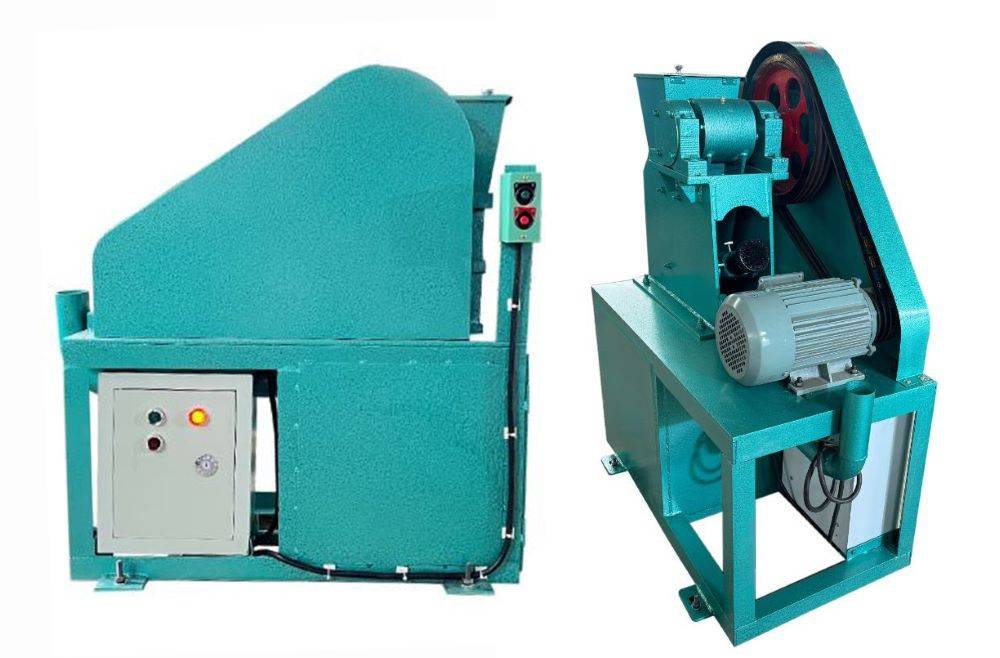
| 재료 유형 | 일반적인 장비 | 파쇄 방법 |
|---|---|---|
| 단단하고 부서지기 쉬운 | 실험실 조 크러셔 , 콘 크러셔 | 압출, 충격 |
| 연질 및 섬유질 | 커팅 밀 실험실 해머 밀 | 전단, 충격 |
| 탄성 및 폴리머 | 롤러 밀, 임팩트 크러셔 | 마찰, 충격 |
장비와 방법의 선택은 파쇄 공정의 효율성과 효과를 보장하고 궁극적으로 최종 제품의 품질과 일관성에 영향을 미치는 데 매우 중요합니다.
분쇄의 도전 과제
기계적 힘은 많은 재료의 크기를 줄이는 데는 충분하지만, 가장 작은 입자 크기를 달성하는 데는 부족할 수 있습니다. 압출, 충격, 전단, 절단, 마찰과 같은 전통적인 방법은 시료를 균질화하고 크기를 줄일 수 있지만 특정 유형의 재료를 다룰 때 종종 한계에 부딪힙니다. 예를 들어, 너무 단단하거나 탄성이 있거나 열에 너무 민감한 재료는 상당한 문제를 일으킬 수 있습니다.
이러한 경우 기존의 기계적 분쇄 기술은 효과적이지 않을 수 있습니다. 특히 상온에서 소성 변형을 보이는 재료의 경우 끈적거리고 파편화에 취약한 경향이 있기 때문에 더욱 그렇습니다. 또한 휘발성 성분이 있거나 상온에서 기계적 스트레스를 받으면 분해되는 재료도 문제가 될 수 있습니다. 이러한 이유로 원하는 입자 크기를 달성하고 재료의 무결성을 유지하려면 대체 방법이 필요합니다.
극저온 분쇄는 이러한 문제에 대한 실행 가능한 솔루션으로 부상하고 있습니다. 액체 질소 또는 기타 극저온 유체를 사용하여 재료를 극저온으로 냉각하면 재료의 특성이 변화하여 더 부서지기 쉽고 분쇄하기 쉬워집니다. 이 방법은 기계적 힘의 한계를 극복할 뿐만 아니라 분쇄 공정 중에 재료의 구조와 화학 성분이 그대로 유지되도록 보장합니다.
극저온 분쇄 공정
자세한 워크플로
극저온 분쇄 공정은 저온 질소를 사용한 재료의 사전 냉각으로 시작됩니다. 이 단계는 재료의 온도를 영하 수준까지 크게 낮추기 때문에 매우 중요합니다. 사전 냉각 단계에서는 재료가 부서지기 쉬워지므로 분쇄하기가 더 쉬워집니다.
재료가 충분히 냉각되면 고속 로터리 해머 밀에 투입됩니다. 이 밀은 매우 빠른 속도로 작동하여 예냉된 재료의 취성을 활용하여 효율적으로 미세한 분말로 분쇄합니다. 해머 밀의 고속 회전은 상당한 충격력을 발생시켜 재료를 더 작은 입자로 분해하는 데 중요한 역할을 합니다.
분쇄 단계가 끝나면 결과물인 분말은 기체-고체 분리라는 중요한 단계를 거칩니다. 이 과정에는 냉각 및 분쇄 단계에서 사용된 질소 가스로부터 미세 분말을 분리하는 작업이 포함됩니다. 기체-고체 분리는 일반적으로 필터 또는 사이클론을 사용하여 분말을 포집하는 동시에 질소 가스를 재활용하거나 안전하게 방출할 수 있도록 합니다.
마지막으로, 분리된 파우더는 특정 요건을 충족하기 위해 추가 가공을 거칩니다. 여기에는 균일성과 일관성을 보장하기 위한 추가 정제 단계가 포함되거나 다양한 용도를 위해 분말을 포장하는 작업이 포함될 수 있습니다. 전체 워크플로는 최종 제품의 무결성과 품질을 유지하면서 분쇄 공정의 효율성을 극대화하도록 설계되었습니다.
장점과 단점
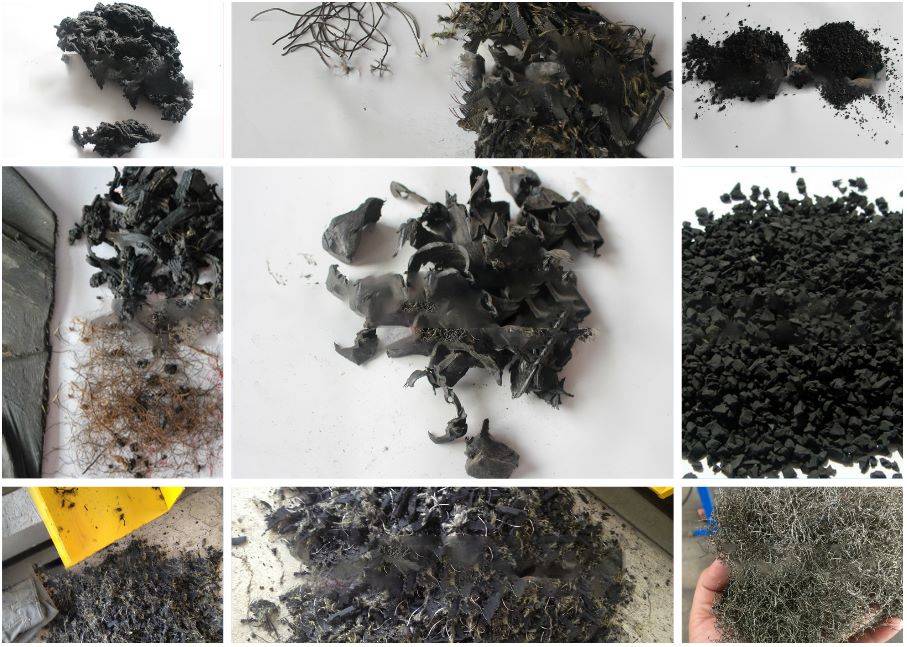
극저온 분쇄의 이점
극저온 분쇄는 상온에서 처리하기 어려운 재료를 분쇄하는 데 탁월한 다양한 이점을 제공합니다. 주요 이점 중 하나는 저온에서 취성을 나타내는 재료를 파쇄할 수 있다는 점인데, 이는 상온에서는 종종 존재하지 않는 특성입니다. 이 기능은 기존 방법으로는 원하는 입자 크기와 균일성을 얻지 못하는 고무, 플라스틱, 금속을 고품질로 재활용할 때 특히 유용합니다.
또한 이 공정은 식품이나 허브의 영양소와 같은 민감한 물질의 무결성을 보존하는 데에도 탁월합니다. 극저온에서 작동하기 때문에 열 분해가 최소화되어 이러한 재료의 영양가와 필수 특성이 유지됩니다. 이는 식품 및 제약 분야와 같이 제품의 품질과 일관성이 가장 중요한 산업에 매우 중요합니다.
| 이점 | 설명 |
|---|---|
| 생산성 향상 | 입자 크기가 최적화되고 처리량이 증가하면 생산 속도가 빨라지고 에너지 소비가 줄어듭니다. |
| 안전성 향상 | 극저온 조건에서 생성되는 불활성 환경은 산화 및 화재의 위험을 줄여 작업 안전성을 향상시킵니다. |
| 균일한 입자 분포 | 크라이오밀링은 좁은 분포 범위 내에서 초미세 입자를 생성하여 안정성을 보장하고 제품 성능을 향상시킵니다. |
| 장비 마모 감소 | 극저온 환경은 연삭 장비의 마모를 줄여 유지보수 비용을 절감하고 장비 수명을 연장합니다. |
| 케이킹 제거 | 극저온 연삭은 분쇄기 내에서 고결된 제품이 형성되는 것을 방지하여 원활하고 지속적인 작동을 보장합니다. |
요약하면, 극저온 분쇄는 효과적으로 처리할 수 있는 재료의 범위를 넓힐 뿐만 아니라 최종 제품의 품질과 안전성을 향상시켜 다양한 산업 응용 분야에서 필수 불가결한 기술입니다.
극저온 분쇄의 단점
극저온 분쇄는 상온에서 분쇄하기 어려운 재료를 처리할 수 있는 등 여러 가지 장점을 제공하지만 문제점이 없는 것은 아닙니다. 가장 큰 단점 중 하나는 공정에 필요한 저온을 유지하는 데 필수적인 액체 질소(LN2)의 사용과 관련된 높은 운영 비용입니다. 이러한 극한의 온도에서 작동하도록 설계된 특수 장비의 필요성과 함께 LN2의 비용은 극저온 분쇄의 초기 및 지속적인 비용을 크게 증가시킵니다.
또한 극저온 분쇄에 사용되는 장비는 저온 작동의 혹독한 조건을 견딜 수 있는 재료로 제작되어야 합니다. 이 때문에 기존 분쇄 방식에 비해 더 복잡한 밀봉 메커니즘이 필요한 경우가 많아 장비의 복잡성과 비용이 더욱 증가합니다. 광물보다 훨씬 더 많은 플라스틱과 같은 재료에 필요한 특정 분쇄 작업도 전체 비용에 영향을 미칩니다.
요약하면 극저온 분쇄는 고유한 이점을 제공하지만, 높은 운영 비용과 고가의 특수 장비가 필요하다는 점은 특정 응용 분야에 대한 타당성을 평가할 때 신중하게 고려해야 하는 중요한 단점으로 남아 있습니다.
극저온 분쇄의 응용 분야
생물학적 시료
극저온 분쇄는 특히 식품, 의약 및 생명공학 분야에서 생물학적 시료의 보존에 중요한 역할을 합니다. 이 기술은 저온을 활용하여 민감한 생물학적 분자의 변성을 효과적으로 방지하여 시료의 무결성과 생존력을 보장합니다. 이는 정확한 분석을 위해 핵산의 구조적 및 기능적 특성을 유지하는 것이 필수적인 조직에서 DNA 추출과 같은 애플리케이션에서 특히 중요합니다.
약초 분야에서는 활성 성분을 손상시키지 않고 약초를 미세하게 분쇄하기 위해 극저온 분쇄를 사용합니다. 이 방법은 허브 분말의 균질성을 향상시킬 뿐만 아니라 기존의 분쇄 기술로는 손실될 수 있는 치료 특성을 보존합니다. 이 공정에서 액체 질소를 사용하면 식물 재료를 취화시켜 열에 의한 분해를 최소화하면서 기계적 분쇄에 더 취약하게 만듭니다.
또한 극저온 분쇄는 섬세한 생물학적 물질을 취급해야 하는 생명공학 공정에서 중요한 역할을 합니다. 예를 들어, 질량 분석 및 전기 영동과 같은 다운스트림 응용 분야에서 고유 구조의 보존이 가장 중요한 세포 용해물 및 단백질 샘플을 준비하는 데 도움이 됩니다. 극저온 조건에서 시료 무결성을 유지할 수 있다는 점은 연구자들이 신뢰할 수 있고 재현 가능한 결과를 얻을 수 있게 해주는 중요한 이점입니다.
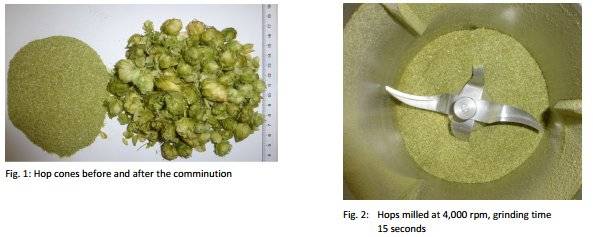
요약하면, 생물학적 시료에 극저온 분쇄를 적용하는 것은 단순히 입자 크기를 줄이는 것이 아니라 처리되는 물질의 본질을 보존하는 것입니다. 이 기술은 시료 내의 귀중한 성분을 그대로 유지하여 다양한 과학 및 산업 분야에서 추가 분석 및 활용을 위한 준비를 마칠 수 있도록 합니다.
탄성 및 폴리머 재료
극저온 분쇄는 폐플라스틱과 고무를 재활용하는 데 특히 효과적입니다. 저온에서 이러한 재료는 취화되어 인성이 크게 감소하고 미세 입자로 분쇄하기 쉬워집니다. 이 공정은 이러한 재료의 재활용을 용이하게 할 뿐만 아니라 재활용 제품의 품질도 향상시킵니다.
극저온에서 탄성 및 폴리머 소재의 취성은 이 기술의 중요한 측면입니다. 저온에 노출되면 이러한 소재의 분자 사슬이 유연성이 떨어지면서 더 부서지기 쉬운 구조로 변합니다. 이러한 재료 특성의 변화는 더 적은 에너지와 노력으로 재료를 더 작은 입자로 분해할 수 있기 때문에 더 효율적인 연삭을 가능하게 합니다.
또한 재활용에 극저온 분쇄를 사용하면 재료의 무결성을 보존할 수 있습니다. 재료 특성의 저하 또는 손실을 초래할 수 있는 기존 방법과 달리 극저온 분쇄는 재활용 제품의 구조적 및 화학적 무결성을 유지합니다. 이는 고성능 플라스틱이나 고무 화합물 생산과 같이 재활용 재료의 품질이 중요한 응용 분야에 특히 중요합니다.
요약하면, 극저온 분쇄는 탄성 및 폴리머 재료를 저온에서 취화시켜 분쇄 공정을 보다 효율적으로 만들고 재활용 제품의 품질을 보존함으로써 재활용하는 데 탁월한 방법을 제공합니다.
휘발성 성분 샘플
극저온 분쇄는 벤젠 및 폴리염화비페닐(PCB)과 같이 휘발하기 쉬운 물질을 처리하는 데 특히 효과적입니다. 이 공정은 저온을 활용하여 휘발성 화합물의 유출을 방지함으로써 시료의 무결성과 순도를 유지합니다.
상온에서 기존의 분쇄 방법을 사용하면 이러한 휘발성 성분이 쉽게 증발하여 상당한 손실이 발생하고 분석 결과가 손상될 수 있습니다. 반면 극저온 분쇄는 분쇄 과정 내내 시료가 온전하게 유지되도록 보장합니다. 일반적으로 액체 질소를 사용하여 달성되는 초저온은 휘발성 화합물을 고정시켜 유출을 방지하고 최종 분말이 원래의 화학 성분을 유지하도록 보장합니다.
이 방법은 환경 모니터링, 화학 분석 및 품질 관리와 같이 휘발성 화합물의 보존이 중요한 산업에서 필수적인 방법입니다. 휘발성 성분의 손실 없이 시료 무결성을 유지할 수 있으므로 후속 분석 절차의 정확성과 신뢰성이 크게 향상됩니다.
금속 재료
극저온 분쇄는 구리, 아연, 알루미늄과 같은 귀중한 비철금속을 회수하기 위해 전자 폐기물(전자 폐기물)을 재활용하는 데 중추적인 역할을 합니다. 이 과정에는 저온 질소로 전자 폐기물을 사전 냉각하여 금속을 취화시켜 파쇄하기 쉽게 만드는 과정이 포함됩니다. 이후 고속 로터리 해머 밀링은 이렇게 취화된 물질을 미세한 분말로 분해하여 비철금속의 효율적인 분리 및 회수를 용이하게 합니다.
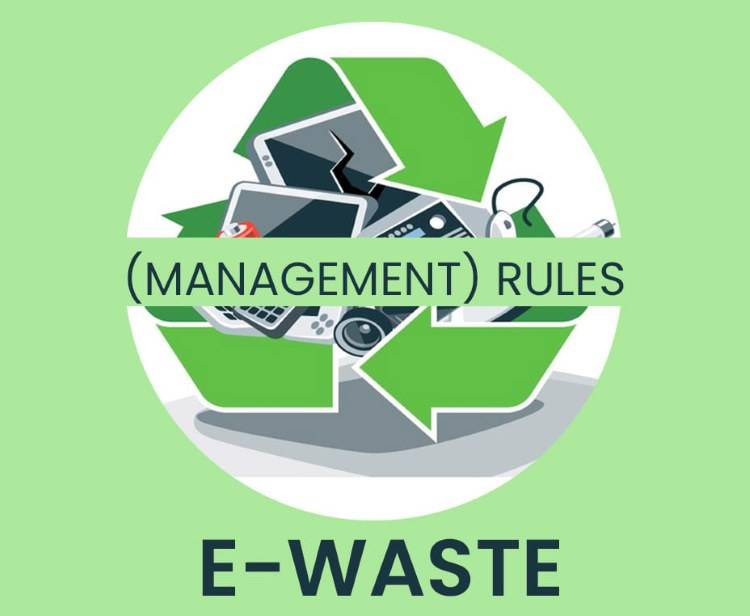
이러한 맥락에서 극저온 분쇄를 적용하면 몇 가지 장점이 있습니다. 첫째, 상온에서 분쇄하기 어려운 물질을 처리할 수 있어 재활용 공정의 전반적인 효율을 높일 수 있습니다. 둘째, 저온이 분쇄 과정에서 금속의 열적 분해나 산화를 방지하기 때문에 재료의 무결성을 보존할 수 있습니다.
| 금속 | 일반적인 응용 분야 | 재활용 과제 |
|---|---|---|
| 구리 | 배선, 회로 기판 | 높은 전도성, 다른 금속과 혼합 |
| 아연 | 배터리, 다이캐스팅 | 고온에서의 휘발성, 산화물 형성 |
| 알루미늄 | 케이스, 구조 부품 | 높은 반응성, 혼합 합금 |
위의 표는 전자 기기에서 이러한 금속의 일반적인 응용 분야와 재활용 공정 중에 발생하는 특정 문제를 강조합니다. 극저온 분쇄를 통해 이러한 문제를 해결하면 이러한 귀중한 금속의 회수율이 크게 향상되어 보다 지속 가능하고 경제적으로 실행 가능한 전자 폐기물 관리 관행에 기여할 수 있습니다.
예방 조치 및 모범 사례
장비 및 재료
극저온 분쇄를 구현할 때 장비와 재료의 선택은 공정의 효율성과 안전성을 보장하는 데 매우 중요합니다. 분쇄 탱크는 일반적으로 스테인리스 스틸 또는 PTFE(폴리테트라플루오로에틸렌) 는 부식에 대한 저항성과 저온을 견딜 수 있는 능력 때문에 선택됩니다. 스테인리스 스틸 탱크는 내구성과 강도가 뛰어나며, PTFE 탱크는 내화학성이 우수하여 민감하거나 반응성이 강한 물질을 취급하는 데 이상적입니다.
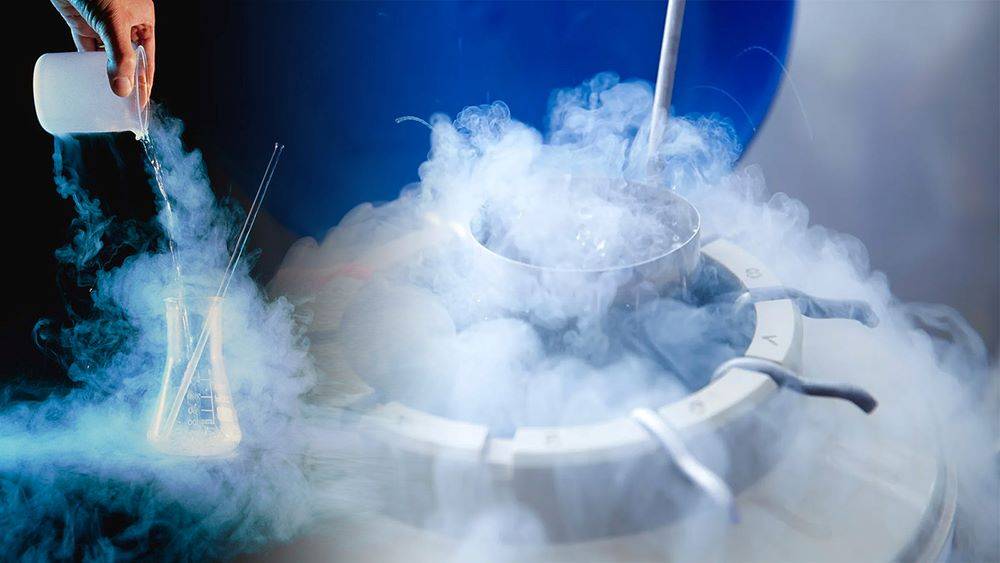
다음과 같은 연삭 보조제를 선택할 수 있습니다. 액체 질소 또는 드라이 아이스 와 같은 분쇄 보조제의 선택은 처리할 시료의 종류와 양에 따라 크게 달라집니다. 끓는점이 -196°C로 매우 낮은 액체 질소는 빠른 냉각 기능으로 상온에서 분쇄하기 어려운 부서지기 쉬운 물질을 효과적으로 분쇄할 수 있기 때문에 선호되는 경우가 많습니다. 78.5°C에서 승화되는 드라이 아이스는 더 경제적인 옵션으로 액체 질소의 초저온이 필요하지 않은 시료에 적합합니다.
| 그라인딩 보조제 | 온도 | 적합성 |
|---|---|---|
| 액체 질소 | -196°C | 고무 및 플라스틱 폐기물과 같이 빠르고 깊은 냉각이 필요한 재료에 이상적입니다. |
| 드라이 아이스 | -78.5°C | 온도에 덜 민감한 재료에 적합하며 비용 효율적인 대안을 제공합니다. |
시료의 특성과 분쇄 보조 장치의 성능을 신중하게 고려하여 작업자는 극저온 분쇄 공정을 최적화하여 효율성과 안전성을 모두 보장할 수 있습니다.
관련 제품
- 액체 질소 극저온 분쇄기 크라이오밀 공기 초미세 분쇄기
- 플라스틱 원료 및 열에 민감한 재료 분쇄를 위한 액체 질소 사용 실험실 저온 분쇄기
- 스크류 피더가 있는 액체 질소 극저온 분쇄기
- 실험실용 액체 질소 소형 초저온 분쇄기 Cryomill Cryogrinder
- 고에너지 행성 볼 밀 연삭기 (실험실용)

